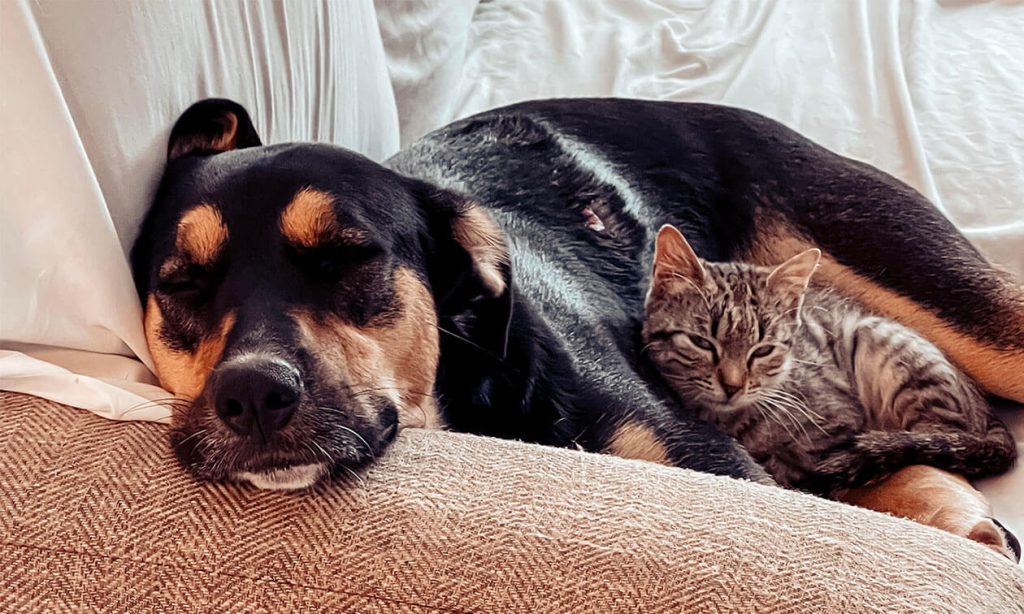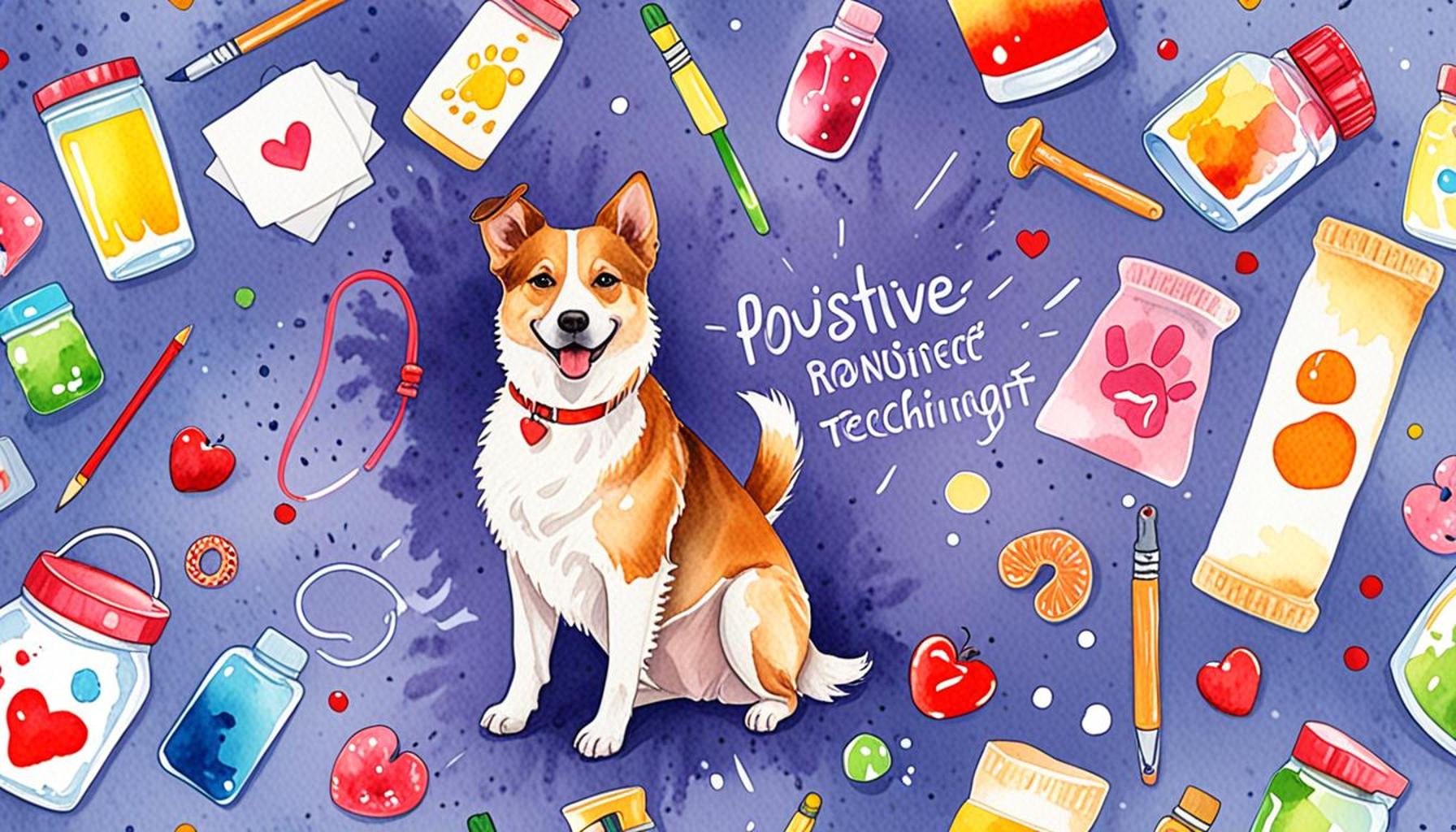Socialization of Pets: Best Practices for a Reliable Pet

The Importance of Socialization for Pets
Socialization is an integral aspect of pet ownership that extends beyond mere interaction; it is a foundational element that shapes the behavior of pets. When pets—especially dogs and cats—are socialized properly, their confidence levels soar while anxiety diminishes, allowing them to navigate a wide array of situations with ease. Understanding the best practices for socializing pets empowers owners to ensure a more balanced and peaceful life at home.
Why Socialization Matters
Socialization is not simply about making your pet friendly; it is about fostering their emotional and psychological development. Pets, by nature, are social creatures. When they experience meaningful interactions, it positively influences their future behaviors. Here are some of the numerous benefits of socialization:
- Reduces aggression: A well-socialized pet is less likely to exhibit fearful or aggressive behaviors, making outings and interactions safer for everyone involved. For instance, a dog that has been properly socialized is more likely to coexist peacefully at a dog park, rather than barking or growling at newcomers.
- Enhances adaptability: Pets that have been exposed to diverse environments—such as different parks, local markets, and homes of friends—tend to adapt more readily to changes or new situations. Imagine taking your cat to a friend’s house for the first time; a well-socialized cat will explore its new surroundings calmly rather than hiding in fear.
- Improves training: Socialization creates a solid groundwork for obedience training. Pets that are comfortable in social settings are more likely to respond to commands and engage in cooperative behavior, which can be a lifesaver when dealing with distractions like other pets or unfamiliar noises.
Effective Socialization Techniques
To cultivate a reliable and responsive pet, specific techniques should be employed to promote socialization:
- Start early: The critical window for socialization occurs during the first few months of a pet’s life. Early interactions pave the way for more stable behavioral patterns. For example, puppies that encounter different sights and sounds before they reach 16 weeks are usually much more adaptable throughout their lives.
- Expose them gradually: Introduce your pets to various environments, sounds, and smells incrementally. For example, during walks, allow your dog to meet new people or sniff unfamiliar plants to enhance their sensory experiences, always keeping an eye on their comfort level.
- Use positive reinforcement: Treats and praise go a long way. When your pet reacts positively to a new experience—like meeting another dog—rewarding them reinforces that behavior, creating a cycle of positive associations with social situations.
Employing these strategies not only fine-tunes your pet’s behavior but also enriches the bond you share with them. The rewards of raising a well-socialized pet are profound, ushering in a happier, healthier cohabitation between you and your furry companion, which ultimately promotes a more enjoyable and fulfilling life together.
LEARN MORE: Click here for tips on calming your furry friend

Understanding the Stages of Socialization
Socialization is a multi-step process that evolves as your pet matures, and recognizing the various stages involved can significantly alter the outcome of your efforts. From early exposure to new stimuli to ongoing social interactions throughout their lives, each phase plays a crucial role in molding a well-behaved companion. So, what are the key stages of socialization that pet owners should keep in mind?
Stages of Socialization
The socialization timeline can generally be broken down into several critical phases:
- Neonatal Stage (0-2 weeks): In this initial stage, puppies and kittens rely heavily on their mothers for basic care and comfort. While they are not yet in a position to interact with the outside world, introducing them to gentle handling by humans can establish trust early on.
- Transitional Stage (2-4 weeks): During this period, pets start to explore their surroundings more actively. It’s essential to provide them with safe, varied environments to stimulate their senses. Allowing exposure to different textures, sounds, and sights will lay the groundwork for healthy social behavior.
- Socialization Stage (4-16 weeks): This is the key period for socialization. Puppies and kittens should meet various people, animals, and environments. Engaging pets in interactions with other animals and exposing them to different experiences—like car rides, grooming, and public spaces—can dramatically enhance their social skills.
- Adolescence (6 months – 2 years): While many believe that socialization ends after the first few months, it is essential to continue providing positive interactions during adolescence. This is a crucial time for reinforcing learned behaviors and addressing any emerging issues. Regular training classes and playdates can be beneficial.
Understanding these stages emphasizes the need for timely intervention to ensure pets have the best chance at developing into well-adjusted adults. As pet owners, you have the opportunity to shape your pet’s experiences and gradually expose them to the world around them.
Community Resources for Socialization
To assist in the socialization process, pet owners can take advantage of local resources. Many communities offer puppy classes, dog parks, and pet playgroups specifically designed to expose pets to new experiences safely. Additionally, some shelters and rescues have socialization programs tailored for animals awaiting adoption, providing a unique opportunity for social engagement. Utilizing these resources not only aids in socialization but helps build a sense of belonging within your community.
Ultimately, socialization of pets is not a one-time effort; it is a continuous journey that involves consistent interaction and encouragement. The best practices highlighted here ensure that your furry friend not only develops into a reliable companion but also becomes an integral part of your life and community, free from fear and anxiety.
Socialization Benefits Through Structured Activities
Socialization is essential for pets to thrive in various environments, and structured activities provide a splendid opportunity for them to enhance their social skills. Engaging pets in activities like group training classes, supervised playdates, or even agility courses can significantly improve their behavior and adaptability. These structured settings allow pets to interact with other animals and humans, fostering their ability to respond appropriately to different situations.
For example, attending training classes not only teaches your pet essential commands but also promotes positive interactions with peers. Communication is a crucial aspect of pet socialization, and these environments equip pets with the necessary skills to express themselves clearly. Meanwhile, owners have the chance to learn from professionals about identifying their pets’ body language and understanding their needs, resulting in a more harmonious relationship.
Exploring Diverse Environments
Another valuable practice in socialization is exposing pets to various environments. By taking your pet to parks, pet-friendly cafes, or pet expos, you can introduce them to new sights, sounds, and smells, which is vital for their development. These experiences can help them gain confidence and reduce the likelihood of fear-based reactions in unfamiliar situations.
Furthermore, gradual introductions to different environments can better prepare pets for real-world challenges. When pets are accustomed to bustling places or meeting strangers, they are less likely to become anxious or aggressive when faced with unexpected experiences. This proactive approach to socialization can result in a well-adjusted pet that feels secure and comfortable in their surroundings.
| Category | Description |
|---|---|
| Group Training Classes | Encourages interaction and learning among pets. |
| Diverse Environments | Familiarizes pets with various stimuli to reduce anxiety. |
| Positive Reinforcement | Reinforces good behavior during social interactions. |
By incorporating these practices into your pet’s routine, you’re laying the groundwork for a reliable and sociable companion. The journey of socialization is ongoing; thus, it’s essential to maintain these activities throughout your pet’s life to ensure their continued development and happiness.
DISCOVER MORE: Click here to dive deeper
The Impact of Socialization on Behavior
Pet socialization is critical not just for fostering friendly behavior, but also for establishing a well-rounded temperament. When pets are properly socialized, they tend to exhibit fewer behavioral issues, which can be a relief for both pet owners and the community at large. Understanding how socialization influences a pet’s behavior can guide owners in their training approaches and the environments they need to create for their furry friends.
Behavioral Benefits of Socialization
Research has shown that pets lacking adequate socialization are more likely to develop anxiety, aggression, and phobias. For instance, a study by the American Veterinary Society of Animal Behavior emphasizes that early socialization reduces the chances of behavioral problems in puppies, particularly fear-based reactions. This is particularly true in urban settings where pets are routinely exposed to loud noises and crowded places.
- Reduced Fear and Anxiety: Pets that encounter various people, places, and experiences from an early age are generally more adaptable. Exposure to different social situations helps pets learn how to cope with stress and diminishes their likelihood of developing fear-based anxiety issues.
- Improved Interactions: A well-socialized pet is likely to greet other animals and people with appropriate enthusiasm. This not only makes walks more enjoyable but also lessens the chances of confrontations with other dogs or unwanted behaviors in pet-friendly environments.
- Enhanced Confidence: Socialization allows pets to experience new situations, which fosters self-assurance. A confident pet is less likely to engage in destructive behaviors caused by boredom or insecurity.
The takeaway is that the impact of socialization on a pet’s behavior cannot be understated. Early and consistent socialization practices serve as building blocks for all future interactions that a pet will encounter. By guaranteeing that their pets undergo a robust socialization process, owners can avoid behavioral problems and cultivate a more enjoyable relationship.
Training Techniques for Effective Socialization
While natural interactions are crucial, supplementing them with structured training techniques can significantly enhance your pet’s social skills. Here are some effective methods to consider:
- Positive Reinforcement: When your pet exhibits desirable behaviors during socialization — such as, for example, calmly meeting new dogs — reward them with treats or praise. This helps them associate positive experiences with social interactions.
- Socialization Classes: Enrolling your pet in group training sessions or puppy classes can provide controlled environments to practice social skills. Here, pets can interact with others while under the guidance of experienced trainers.
- Gradual Exposure: Slowly introduce your pet to new environments and experiences — for example, taking them on short car rides before heading out to busier areas. This gradual exposure helps them build resilience and adaptability.
Utilizing these techniques creates a dynamic and engaging framework for socialization that can still complement the natural exposures pets encounter in their daily lives. The key is to ensure that these experiences remain positive, reinforcing the notion that the world is a safe and enjoyable place.
Exploring the nuances of socialization allows pet owners to actively engage with their pets during critical developmental stages. Investing time and effort into a thoughtful socialization strategy ensures that your pet will not only thrive behaviorally but also become a reliable and cherished member of your family and community.
LEARN MORE: Click here to discover the benefits of balanced nutrition for your pet
Conclusion: Crafting a Well-Socialized Companion
In conclusion, the socialization of pets forms the cornerstone of a trusting and harmonious relationship between pets and their owners. Through early exposure and consistent practice, pet owners can significantly mitigate behavioral issues and enhance their pets’ adaptability. This practice not only fosters well-rounded companions but also contributes positively to the broader community by reducing incidents of anxiety and aggression among pets.
As discussed, implementing effective training techniques such as positive reinforcement, joining socialization classes, and practicing gradual exposure can greatly enhance the social skills of pets. These methods create opportunities for pets to thrive in a variety of environments, enabling them to become confident and reliable members of their households.
However, the responsibility of socialization extends beyond mere interaction; it requires thoughtful engagement and consistent reinforcement throughout a pet’s life. By prioritizing socialization, you not only enrich your pet’s experiences but also contribute to their emotional well-being, resulting in a stronger bond between pet and owner. With the right approach, your pet can transform into a loving, social, and dependable companion ready to embrace the joy of sharing life with you.
Ultimately, pet owners are encouraged to explore further resources, consult with professionals if necessary, and continuously educate themselves about best practices in pet socialization to cultivate an environment where both they and their pets can thrive. Remember, investing in your pet’s social well-being today lays the foundation for a lifetime of unconditional love and companionship.


